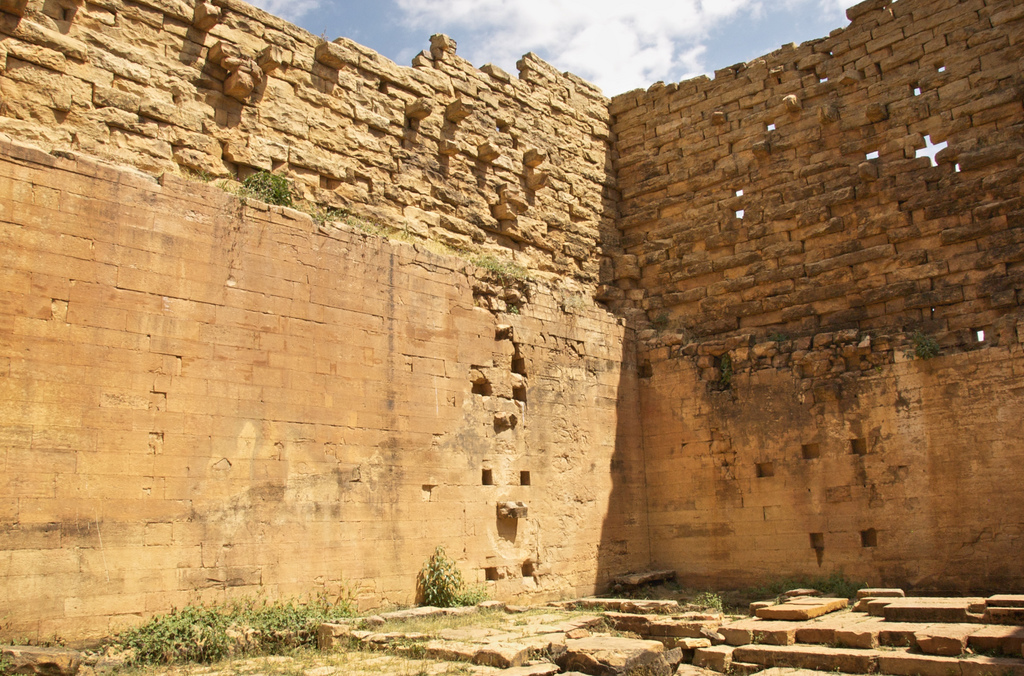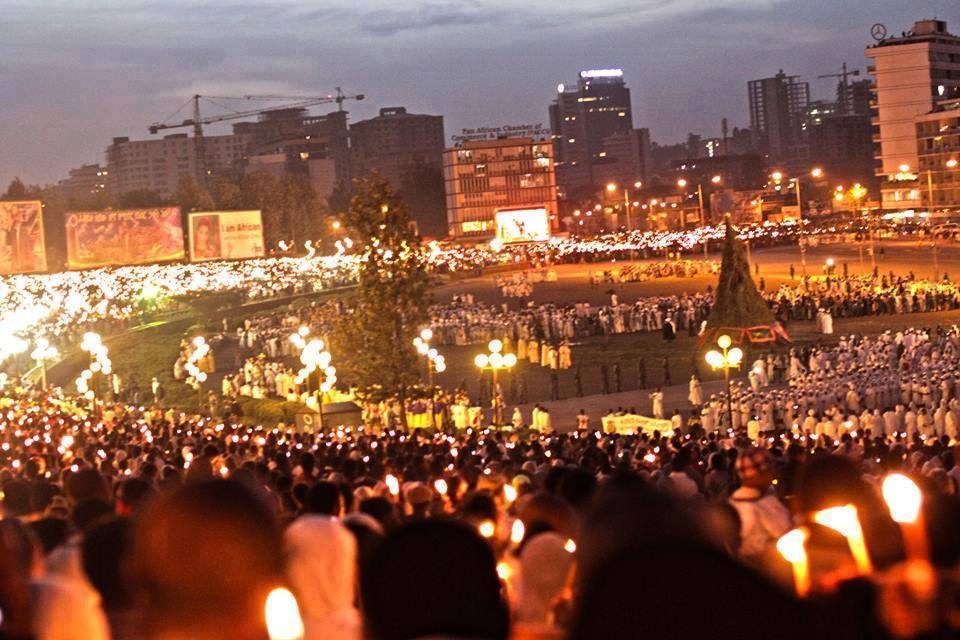The Maskal festival is performed on September 26 &27 every year by lighting Demera (the bonfire) which honors the memory of the bonfire of the queen and her discovery of the site of the Cross and the beginning of the excavation of the site.
Meskel, one of the major Ethiopian orthodox festivals is celebrated on 27th September and lasts for two days. Legend says that the cross upon which Christ was crucified was discovered in the year 326 by Queen Helena, mother of Constantine the Great. Unable to find the holy artifact, she set up long poles and set them on fire. Skyward raised the smoke and down it bent, touching the spot on the earth where the original cross was found buried. Queen Helen lit up torches heralding her success to the neighboring areas.
In the middle Ages, the Patriarch of Alexandria gave the Ethiopian Emperor Dawit half of the True Cross in return for the protection offered to the Coptic Christians. A fragment of the True Cross is reputed to be held at the Gishen Maryam monastery, about 70 kilometers of Dessie.
The eve of Meskel (26th of September) is called Demera. A huge bonfire is built, topped with a cross to which flowers are tied. The patriarch of the Orthodox Church leads the lightening ceremony. After the bonfire is blessed dancing and singing begins around it and an inner feeling of brightness spreads through all those around it. Little Demeras are built at individual houses and villages. The direction in which the bundle of wood collapses gives room for interpretations about the harvest, if there is going to be peace and so on. At the end of the Demera a rain shower is expected to fall to help put the fire off. If the rain falls and the fire is extinguished by it there is a belief that the year will be prosperous.
The day after Demera is Meskel. The festival is colorfully celebrated and there is plenty of food. Believers make crosses on their head with the ashes of the bonfire as a sign of devotion to the cross.The festival coincidences with the mass blooming of yellow Meskel daisies, which are a symbol of a new beginning after the rainy season.
In every major city the ceremony is celebrated colorfully, but the best place to celebrate Meskel is still the capital Addis Ababa.


 earth not covered by water. There are hot yellow sulfur fields among the sparkling white salt beds. Heat isn’t the only thing people feel in the Dallol Depression. Alarming earth tremors are frequently felt. There are also several active volcanoes. So just how hot is it at the Dallol Depression.
earth not covered by water. There are hot yellow sulfur fields among the sparkling white salt beds. Heat isn’t the only thing people feel in the Dallol Depression. Alarming earth tremors are frequently felt. There are also several active volcanoes. So just how hot is it at the Dallol Depression. engaged in salt mining as the depression is covered with salt.
engaged in salt mining as the depression is covered with salt.






